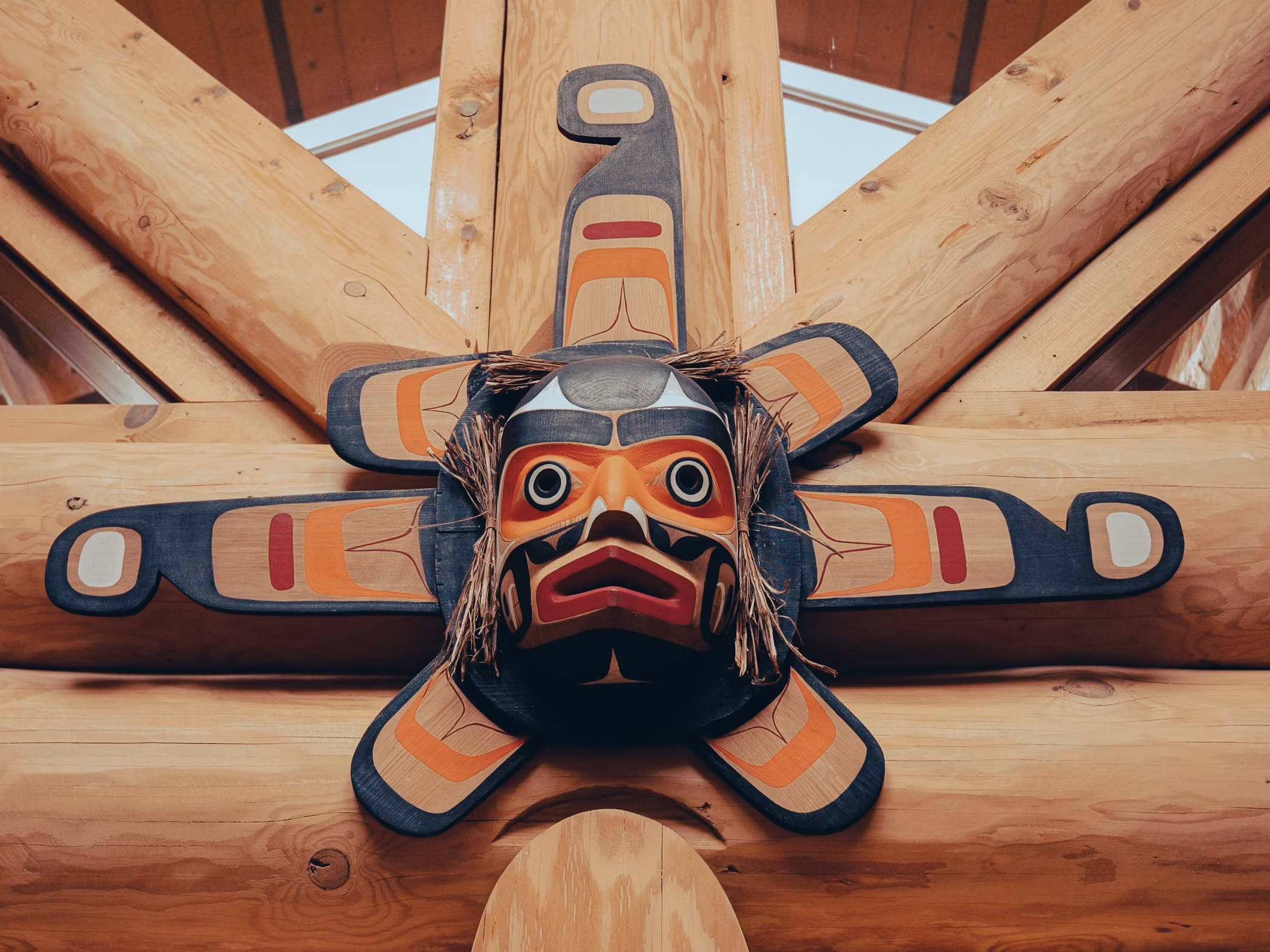2/17/2025
At the end of 2024, researchers from the University of Southern California and Loyola Marymount University announced breakthroughs in translating low-resource languages with AI. This breakthrough has allowed them to translate Owens Valley Paiute, an endangered Indigenous language. While this technological breakthrough promises new opportunities for linguistic revival, it raises profound ethical questions about cultural authenticity and Indigenous rights.
Dr. Coleman, a lead developer of the translation tool, explains, “For endangered, no-resource languages, creating translators is challenging, and accuracy is even more critical … for this reason, our goal isn’t to produce perfect translations but to generate accurate ones that closely capture the user’s intended meaning.” This cautionary remark highlights a central ethical concern: the risk of presenting AI-generated pronunciations and interpretations as truth.
Dr. Coleman’s work is not the first attempt to translate extinct languages with AI. The process has already demonstrated significant success in deciphering archaeological texts. For example, research on translating cuneiform tablets using AI systems at the Martin Luther University Halle-Wittenberg has shown promising results. AI has also decoded carbonized Roman scrolls from Herculaneum– previously unreadable for nearly 2,000 years.
Despite AI’s promise for linguistic preservation, some Indigenous communities remain hesitant to use it in preserving their cultures. Jon Corbett, a Nehiyaw-Métis computational media artist and assistant professor at Simon Fraser University, shared his observations: ”[Some Indigenous communities] don’t see the relevance to our culture, and they’re skeptical and wary of their contribution. Part of that is that for Indigenous people in North America, their language has been suppressed and their culture oppressed, so they’re weary of technology and what it can do.”
Unfortunately, there have been several incidents where AI has generated erroneous Indigenous translations. In December 2024, a book series that promised to teach key terms across different languages was found to be AI-generated and contained incorrect translations. These languages included Mi’kmaq, Mohawk, Abenaki, and Omok, a Siberian language that has been extinct since the 18th century. What should have been a cultural milestone in the preservation of these languages put their cultural authenticity at risk.
Some communities, however, see potential benefits. In New Zealand, Te Hiku Media’s “Kōrero Māori” project has incorporated AI for Māori language preservation under regulations like the Kaitiakitanga license, which prohibits local data’s use in human rights violations. “It was essential that we had the support of the elders and that we recorded their voices because that’s the sort of content we want to transcribe,” states Keoni Mahelona, chief technology officer at Te Hiku Media. This initiative demonstrates that AI tools can be developed specifically for Indigenous languages while respecting cultural values.
Even so, the ethical implications of this process should not be taken lightly. Professor Natalie Stoianoff, Director of the Intellectual Property Program, has warned, “What has been happening for quite some time is the misappropriation and exploitation by third parties of Indigenous knowledge and culture. The impact of this has resulted in spiritual, cultural, and economic losses for Indigenous communities worldwide.” Engineers must approach AI projects that involve Indigenous data with caution, cultural awareness, and respect. They should create AI to complement rather than replace traditional archaeological methods.
As AI technology assumes a role in cultural preservation, the engineering community faces ethical decisions about its application. How can we balance technological innovation with protecting the rights, values, and integrity of Indigenous communities? Who should be involved in building ethical frameworks that respect cultural authenticity and indigenous sovereignty? These questions require careful consideration of both technical capabilities and cultural implications. Ultimately, as engineers, we must ensure that our technology preserves the cultural integrity of these translations rather than exploiting them.

